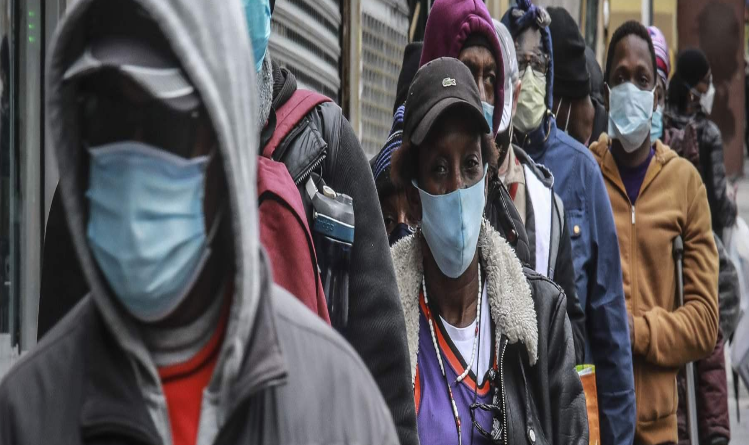COVID-19 Cases Are Growing Exponentially in the U.S.
Modeling points to the country entering yet another perilous period in the COVID-19 pandemic.
By Rocco J. Perla, Gareth Parry, and Lloyd Provost
During May and June, COVID-19 cases in the U.S. were declining or had plateaued at the lowest levels since the pandemic began, despite the presence of the highly transmissible delta variant. This created a false sense of security even as countries in Europe and Africa were seeing cases rise exponentially (meaning the rate of growth was getting faster every day). On May 27, for example, our novel COVID-19 model captured the first sign of exponential growth in cases in the United Kingdom.
How long could the U.S. stave off what others were experiencing? Would our high vaccination rate (relative to many others) keep us safe from the delta variant?
The answer was already in front of us: not for long.
While much of the attention was abroad, we detected the first signal of exponential growth in COVID-19 cases within the U.S. around June 11, when Florida became the first state to enter that phase. It is both remarkable and deeply concerning that, within one month, many more states had joined Florida on the exponential path.
As of earlier this week, 35 states (including the District of Columbia and the territory of Puerto Rico) were experiencing exponential growth in cases, while Oklahoma and seven more states (New Mexico, North Carolina, South Dakota, Tennessee, Washington, West Virginia and Wyoming) signaled they were poised to begin their fastest rate of growth in cases since the pandemic began. Given how rapidly states are progressing from increasing case counts to exponential growth, these additional states could enter exponential growth in one to two weeks.
In Florida, COVID-19 cases were declining steadily in May and June (as they were in virtually every state at that time). But on June 11, things began to reverse course. With cases in Florida and other states rapidly rising, it was only a matter of time before the U.S. overall would enter the exponential growth phase in cases, which it did around July 15.
We know that in areas with this type of dramatic increase in COVID-19 cases during the current delta-fueled wave, higher rates of death can follow. As of earlier this week, for example, the U.K. was still experiencing exponential growth in deaths, and there are early signs suggesting U.S. deaths could increase rapidly as a result of this recent wave.
Despite the rapidly accelerating number of COVID-19 cases, approaches at the state level are inconsistent. California offers one model of how leaders and experts can work alongside federal health authorities on a distinct set of actions that should be considered in any state – especially those that are experiencing exponential growth in cases or are about to enter that phase.
Researchers in the Golden State have used charts like the one above to examine when variation in daily COVID-19 cases and deaths at the community level signals meaningful change versus noise or false alarms. Knowing your state is on the cusp of exponential growth provides the opportunity for critical early action. Experts in other states and the Centers for Disease Control and Prevention should use these charts – available at the International Society for Quality in Health Care COVID-19 resource center – to do the same.
In addition, officials in California backed an on-the-ground campaign to increase vaccination and herd immunity; moved to reinstate an indoor mask mandate in Los Angeles County due to growing cases; and have sought to apply CDC guidance on school safety practices.
Making noncontroversial choices when it comes to COVID-19 is not possible, and there are many factors to consider when making decisions that directly impact the health and quality of people’s lives. That said, the data could not be more clear: The U.S. has entered another period of rapid growth in COVID-19 cases, and action must be taken to prevent another surge of morbidity and mortality.
This is why continuing to make data publicly available on a daily basis, and having a method to rapidly detect meaningful change in COVID-19 events – and to provide an early signal of the impact of problematic variants – is essential.

